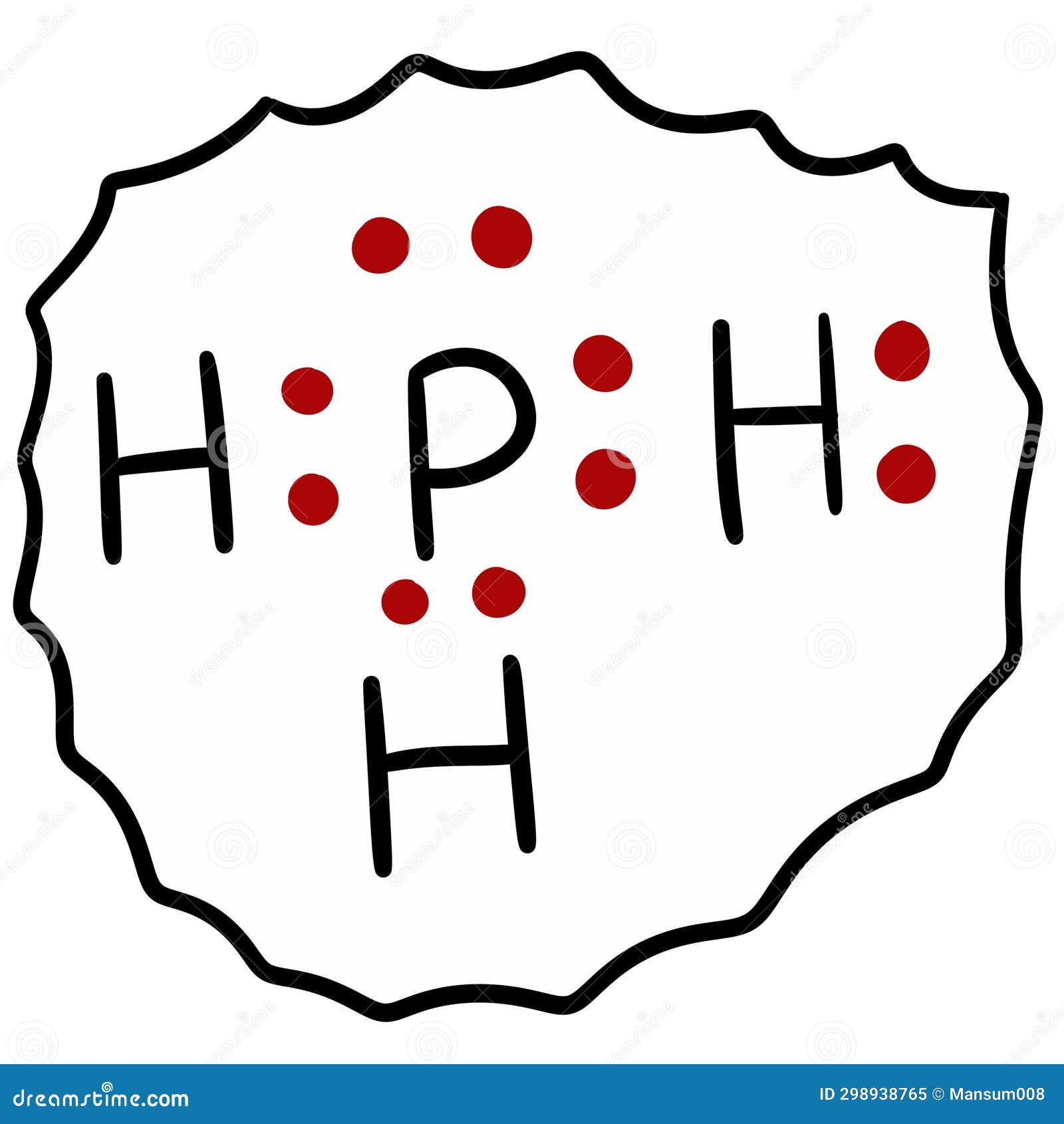Chemical bonds, the invisible forces that hold atoms together in molecules, are fundamental to the composition and behavior of matter. Understanding how these bonds are broken provides insight into chemical reactions, the nature of substances, and the energetic modifications that accompany various processes. This article meticulously examines the mechanisms by which chemical bonds are ruptured, delving into the types of bonds, the energetic considerations, and the implications for chemical reactivity.
At the core of the matter, there exist three predominant types of chemical bonds: ionic, covalent, and metallic bonds. Each bond type exhibits distinct characteristics that influence their stability and the energy required for their disruption. The mechanisms of bond breaking vary significantly, depending on the nature of these bonds.
Ionic Bonds
Ionic bonds, formed through the electrostatic attraction between positively charged cations and negatively charged anions, often exist in solid-state lattices. The strong forces holding these ions together require substantial energy to overcome. Ionic bonds can be broken primarily through two processes: dissolution in polar solvents and thermal energy application.
When an ionic compound, such as sodium chloride (NaCl), is introduced to water, the polar water molecules interact with the charged ions. The hydration process effectively diminishes the lattice energy of the solid, thus pulling the ions apart. This interaction exemplifies the principle of solvation, wherein solvent molecules surround and stabilize individual ions, facilitating the bond breaking.
Thermal energy can also break ionic bonds. Upon heating, the kinetic energy of the ions increases, leading to vibrational motions that may overcome the electrostatic attraction. The temperature required for this process varies with the ionic compound, highlighting the concept of lattice energy as a determinant of bond rupture.
Covalent Bonds
Covalent bonds, characterized by the sharing of electron pairs between atoms, manifest a higher level of complexity in bond breaking. The inherent strength of covalent bonds is dictated by the bond dissociation energy, a quantitative measure of the energy required to break such a bond homolytically—or heterolytically.
Homolytic cleavage occurs when the covalent bond breaks evenly, resulting in the formation of two atoms, each possessing an unpaired electron, often leading to the production of radicals. This process commonly happens under the influence of ultraviolet (UV) light or heat, prompting the excitation of electrons and an increase in kinetic energy. A practical example is the cleavage of a chloromethane molecule (CH3Cl) which can yield a chlorine radical and a methyl radical (CH3·) when subjected to UV irradiation.
Heterolytic cleavage, however, entails an uneven bond breakage, resulting in a cation and an anion. This process often occurs in polar solvents where the cleaved components are stabilized by solvation effects. In the context of organic chemistry and reaction mechanisms, heterolytic cleavage is a pivotal factor in nucleophilic substitutions and eliminations.
In practice, breaking covalent bonds can be achieved via various external influences. Chemical reactions often supply the requisite energy, while catalysts may provide alternative pathways with lower activation energy. This reduction in energy barrier highlights the role of thermodynamics and kinetics in chemical transformations.
Metallic Bonds
Metallic bonds, resulting from the delocalization of electrons within a lattice of metal cations, present a unique case. Unlike ionic and covalent bonds, metallic bonds are characterized by a ‘sea of electrons’ that allows for conductivity and malleability. The breaking of metallic bonds occurs predominantly via thermal energy and mechanical processes.
Upon heating, metal atoms vibrate vigorously, disrupting the metallic lattice structure and leading to increased plasticity. The application of mechanical stress, such as hammering or stretching a metal, also facilitates the breaking of metallic bonds through a rearrangement of atoms, allowing them to shift positions without fracturing entirely. This property is what enables metals to be shaped and formed into diverse structures.
Energetics of Bond Breaking
The energy dynamics associated with bond breaking cannot be overstated. The concept of bond dissociation energy serves as a crucial determinant in predicting the feasibility of chemical reactions. A reaction is more likely to proceed if the net energy change associated with breaking and forming bonds is favorable. exothermic reactions release energy, while endothermic reactions absorb it, thereby emphasizing the energetic landscape of chemical processes.
Moreover, the presence of catalysts can play an instrumental role in influencing the energy required for bond breaking, by providing alternative reaction pathways with minimal activation energy. Consequently, catalysts do not alter the overall energy of the reactants and products but facilitate faster reaction rates and reduced activation barriers.
Conclusion
The mechanisms of chemical bond breaking encompass a diverse range of processes influenced by the bond type, energetic contributions, and environmental conditions. Ionic, covalent, and metallic bonds each exhibit distinct characteristics that dictate their stability and solubility. Understanding these mechanisms is not merely academic; it provides a foundation for numerous applications across chemical, biological, and materials sciences. From synthesizing new compounds to understanding biochemical pathways, the knowledge of how bonds are broken underpins much of modern chemistry.












